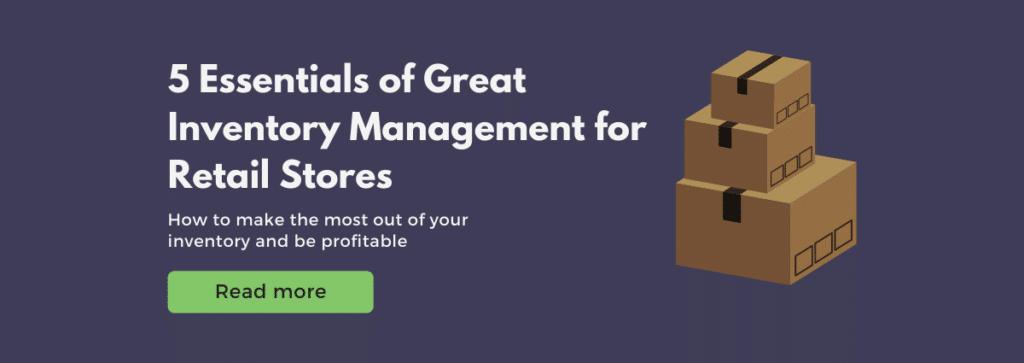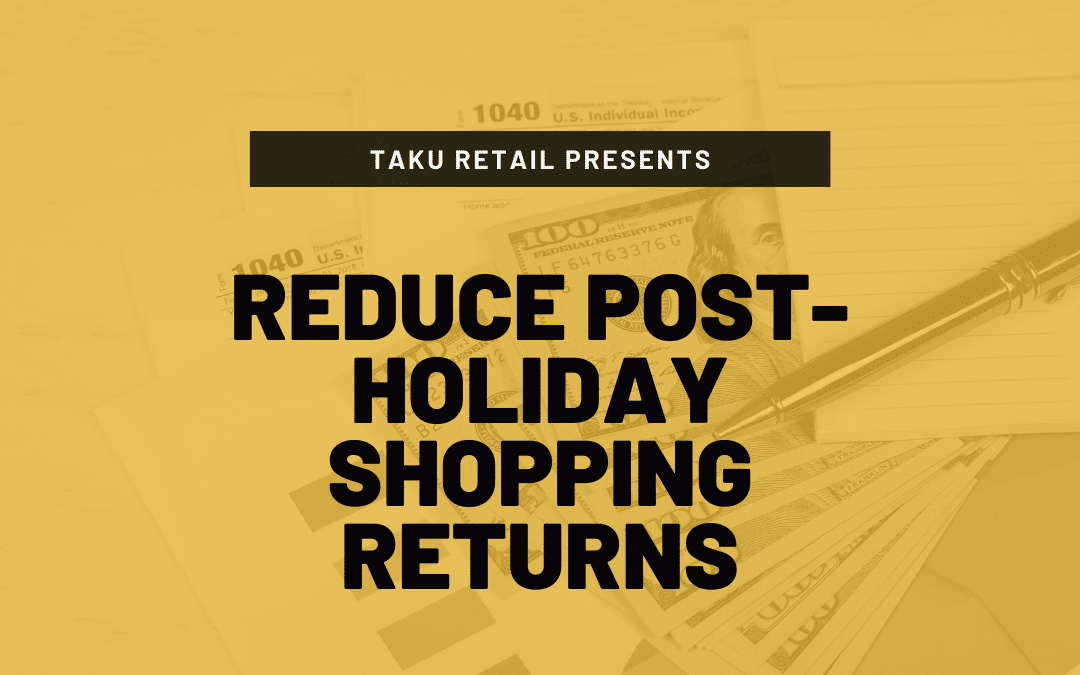In 2018, $400 billion worth of inventory was returned; of this number, $95 billion worth of goods were returned after the holidays. This means that 25% of all returned items were returned within the span of one month. UPS estimates that over one million returns are made daily in December from purchases made earlier in the year.
As January rolls in, people will be more careful about money after the busiest spending months of the year. There will be a lot of returns that take place both online and in physical stores. You will need to prepare for this and find new ways to tackle loss prevention too.

Rewrite And Reconsider Different Return Policies
You need to communicate your return and exchange policies to customers both in-store and on all receipts. Make sure you have your policies posted around the store and the checkout area so that staff also understand them. Some important things to remember when writing them are being clear about:
- acceptable return windows
- condition of items
- type of items that can be returned (eg. some stores will not allow cosmetics and intimate items to be returned), return fees, etc.
Being clear about policies can reduce stress for both staff and angry shoppers post-holidays.
Examples: Zara employees tell shoppers their return / exchange policies during checkout. The policies are also printed and circled on their receipts. Zara also offers a short window of exchange for regular-priced items so that people do not keep returning seasonal items for new releases. Having these rules in place are especially important for stores that carry seasonal items. Canadian Tire does not offer returns or exchanges on Christmas trees past December 24.
Retail tip: When processing returns, you should cross out items on shoppers’ receipts and take down their information so that you can see if there is a history of similar behavior. This will help with loss prevention.
Encourage People To Exchange Items Instead
You should minimize refunds because they are a net loss. Besides damage to the products themselves, one of the main costs of returns is bank processing fees. Banks charge fees for purchases as well as refunds by card. In other words, you end up paying twice the fees when refunding money to customers.
While you might offer refunds in your policies, you can minimize your losses by offering shoppers an exchange instead. That way, instead of losing money, you still have a chance to keep the sale or in the best case scenario, make more money.
Retail tip: Offer Buy Online Return in Store (BORIS) so that people can still shop around before they return their products. Shoppers are more likely to buy more or exchange their items in-store. This also gives you a chance to introduce new items to them or impress them with your customer service.

Automate The Process
Shoppers are more likely to return to businesses when they have a good return experience. Whether you sell in-store or omnichannel, retailers need clear return policies and systems in place to handle returns smoothly. You should also make it easy for people to return both online and in-store. This helps nudge customers back into your store in the future. Plus, since you already have their personal information, you are able to send retargeting ads and emails to them about upcoming sales and store events.
Retail tip: You need to get shoppers’ consent before sending them SMS messages or emails.
Resell Merchandise At A Discounted Price
Instead of throwing products away, stores can offer any imperfect items at a discounted price. This lets you keep selling things that would otherwise be wasted.
Example: Best Buy offers both customers the option of buying open-box and refurbished items at a discounted price. This is especially important for high-ticket items such as electronics. Amazon offers different prices for used or returned products based on their condition (used, used-good, etc.). These retailers are able to keep selling products even after the products have been returned.
Want to know more about successful inventory management?



